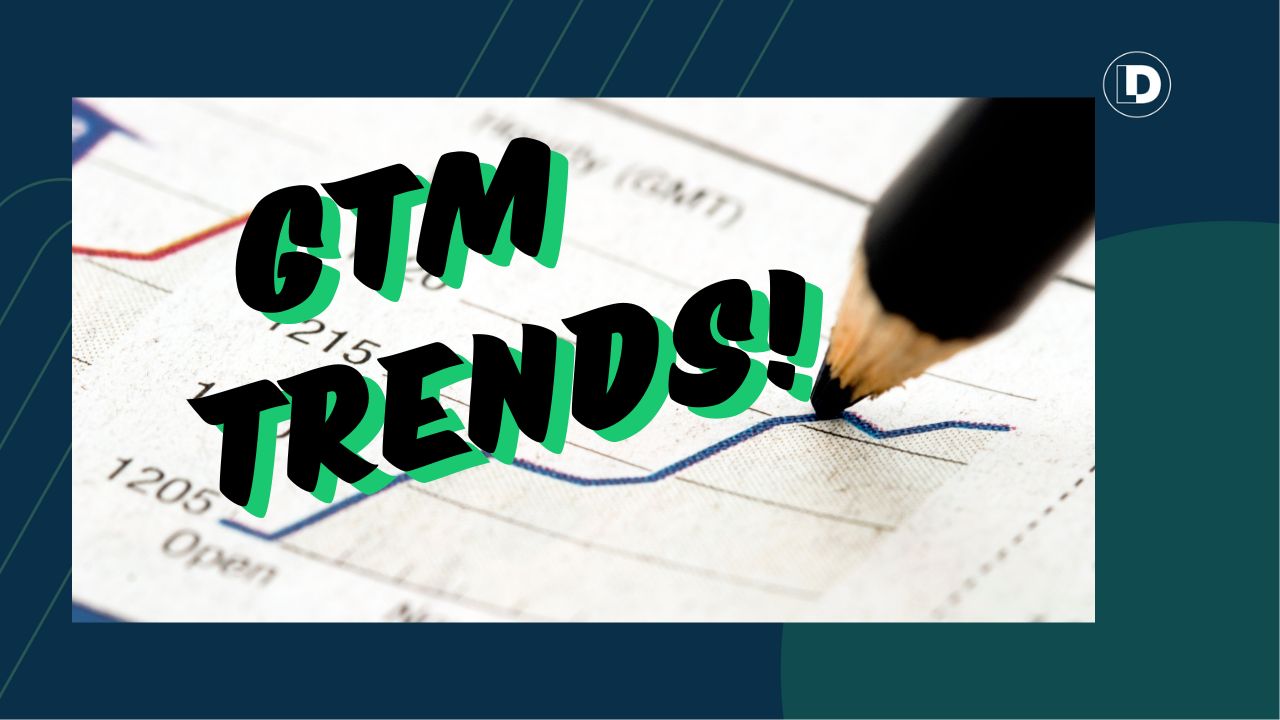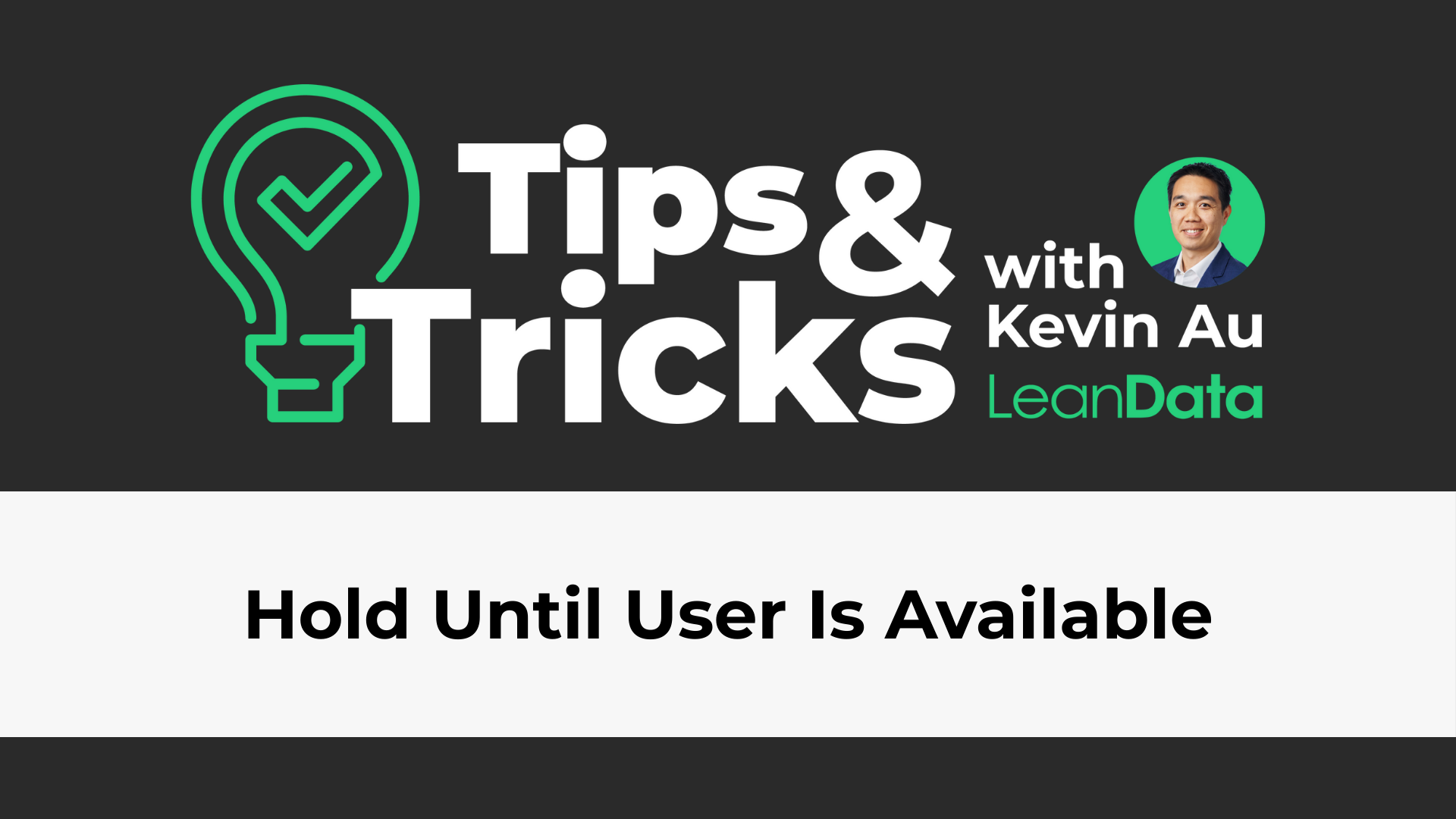B2B revenue teams are at a turning point. The pendulum has swung from years of growth at any cost to efficiency at any cost, and now in 2025, leaders are searching for balance. Growth is still the goal, but efficiency remains a non-negotiable part of the path.
In this environment, GTM efficiency is more than a buzzword. It is a requirement for companies facing complex buyer journeys, longer sales cycles, and tighter budgets. Based on insights from industry conversations and LeanData’s State of GTM Efficiency Report, here are four trends that will shape the way enterprise companies build and execute their go-to-market strategies.
#1 From Predictability to Adaptability
For years, many B2B companies relied on programs that produced steady and predictable outcomes. That changed when economic shifts forced constant adjustments. In 2025, adaptability defines the most effective GTM organizations.
This looks like:
- Testing and refining programs on a regular basis
- Proving value before investing in new channels or tools
- Prioritizing opportunities that are likely to close rather than chasing every lead
- Exploring sub-segments of the ICP for untapped potential
- Collaborating across teams to identify new offerings
Consequently, GTM leaders who adapt quickly can find stability even in volatile markets. Those who cling to predictability risk falling behind.

#2 From Tech Consolidation to Tech Optimization
One surprisingly contradictory data point from the State of GTM Efficiency Report showed that 30% of B2B organizations’ top three GTM priorities included new tech stack investments and tech stack consolidation.
The conversation about tech stacks continues to evolve. First came the rush to add new tools. Next came the push to consolidate. In 2025, the focus has shifted again, this time toward optimization.
Optimization means evaluating each tool not just for cost, but for how well it fits into the larger GTM orchestration strategy. A tool that integrates smoothly and scales with the business is often more valuable than a cheaper alternative that creates friction.
LeanData supports this kind of optimization by serving as a hub for signals and workflow automation. Matching, routing, SLAs, notifications, and integrations with systems like Salesforce or sales engagement platforms all live in one connected place. As a result, RevOps leaders can simplify without losing capability.

#3 From Replacing Humans to Making Them More Efficient
The current AI wave has produced plenty of speculation about machines replacing people. In reality, AI today is most powerful when it helps humans work more efficiently.
Fast models and no-code workflow builders allow teams to automate repetitive tasks and focus on higher value interactions. Plus, AI helps companies interpret signals across the buyer journey so teams can respond more precisely.
According to the GTM Efficiency Report, revenue teams are leaning into AI for:
- Automating sales communication sequences
- Creating personalized content faster
- Surfacing and applying buyer intent signals
- Reducing friction from initial engagement through renewal
Yet in B2B, where buying groups make decisions, strong human interaction still matters. AI improves efficiency, but people remain essential to closing complex deals.

#4 From ABM & Lead-Centric Motions to Opportunity-Based in Buying Groups
When asked about current GTM motions, survey participants’ top responses aligned closely with those commonly seen in the SaaS market. Account-based selling took the top spot, followed by Opportunity-based and Lead-based strategies.
The traditional lead-centric model no longer matches how enterprise B2B buyers actually purchase. Accounts are too broad and individual leads are too narrow. The shift in 2025 is toward opportunity-based motions anchored in buying groups.
A buying group represents the actual committee evaluating a solution within an account. By centering activity around opportunities tied to these groups, companies see several benefits:
- Improved alignment between marketing and sales teams
- More efficient use of outreach and resources
- A better buying experience for customers
- Higher revenue growth potential
LeanData’s Buying Groups Edition helps operationalize this shift. It gives teams visibility into who is part of each group, what stage they are in, and what engagement is required to move them forward. Consequently, revenue teams can finally align their efforts with how buyers actually buy.

Where GTM Efficiency is Headed Next
The trends shaping GTM efficiency in 2025 point to a future where adaptability, optimization, human expertise, and buying group alignment will matter most. Companies that embrace these changes will find ways to grow while maintaining efficiency, even in challenging conditions.
For enterprise B2B leaders, the path forward is clear:
- Build GTM strategies that adjust quickly to market signals
- Optimize the technology stack instead of shrinking it blindly
- Use AI to enhance human performance, not replace it
- Shift focus from leads and accounts to opportunities in buying groups
The result will not just be efficiency for efficiency’s sake. It will be a smarter and more sustainable way to generate growth.











